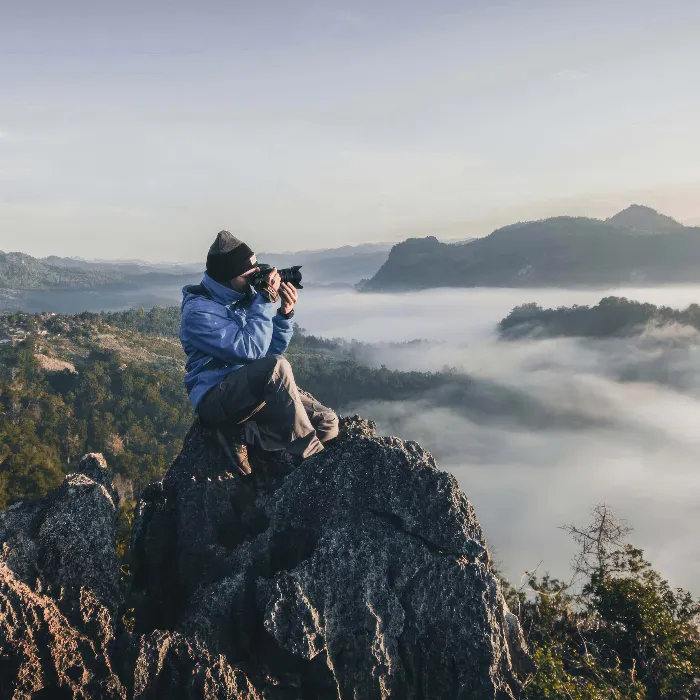Photography is more than just a button press. It's about finding the right settings to capture each shot in the best possible way. In this guide, you will learn how to set your camera manually to create impressive photos. We will focus on the key factors such as exposure time, aperture, and ISO value.
Key insights
- You should initially focus on one value to set the camera manually, usually on the exposure time.
- Think about what subject you are photographing and what effect you want to achieve before you take the shot.
- The aperture affects the depth of field and should be adjusted depending on the subject.
- The ISO value serves as support and can initially be set to automatic.
Step-by-Step Guide
1. Choosing the main value: Exposure time
To take an effective photo, it is important to first think about which subject you want to photograph. The key lies in the exposure time. For a moving subject, for example, the exposure time needs to be quick to avoid blur. If you are photographing a still subject, you can extend the exposure time, giving you more leeway with the aperture and ISO settings.
2. Adjusting the aperture
The aperture has a significant impact on the depth of field of your photos. If you want a portrait with a blurred background, you need an open aperture. However, if you have a subject where everything should be sharp, you should close the aperture. Find the right value so that your image achieves the desired effect.

3. Using ISO
The ISO value is the last building block in manual photography. Initially, you can leave it on automatic to make the adjustment easier for you. With the automatic setting, the camera adjusts the ISO value to the lighting conditions, as long as you have enough leeway. If you want more control, you should adjust the ISO value manually.
4. Considering motion blur
Another consideration is how to deal with motion blur. For example, when photographing a waterfall, a longer exposure time could create beautiful flowing movements. Conversely, to capture fast movements, you need to choose a short exposure time. Here, the speed of the subject determines which exposure time is optimal.
5. Manual mode and aperture priority
If you want full control over your image, the manual mode is ideal. You can determine the aperture and exposure time yourself and also adjust the ISO value manually if necessary. A common approach that many photographers prefer is the aperture or shutter speed priority.
6. Practical exercise
It is essential that you practice a lot and try out different settings. Eventually, you will develop a feel for how the camera reacts. Create different scenarios: shoot in daylight, in low light, and observe the changes you need to make to achieve the best results.
7. Utilizing additional resources
If you need support, there are many tutorials and resources online that can help you with the manual adjustment of your camera. Watch other videos to expand your knowledge. A guide explaining the live view mode can be especially helpful for enabling better shots.
Summary – Manual Photography: Step-by-Step Guide for Impressive Photos
In this guide, you learned how to manually set your camera to achieve the best results. The exposure time, aperture, and ISO value play a central role in photography. By mastering these settings, you can take more creative and professional photos.
Frequently Asked Questions
How do I find the right value for the exposure time?The exposure time depends on the movement of your subject. Fast subjects require short exposures, while still subjects need longer ones.
What does the aperture do in photography?The aperture affects the depth of field; a large aperture creates a blurred background, while a small aperture sharpens everything.
Which ISO value is best for my shots?The ISO value varies depending on lighting conditions. Use a low value for bright environments; for low light, use a higher value.
What is manual mode?In manual mode, you can independently set the exposure time, aperture, and ISO value for optimal control over your photos.
Is it necessary to set the ISO value manually?It is not strictly necessary, but it gives you more control, especially under varying lighting conditions.


